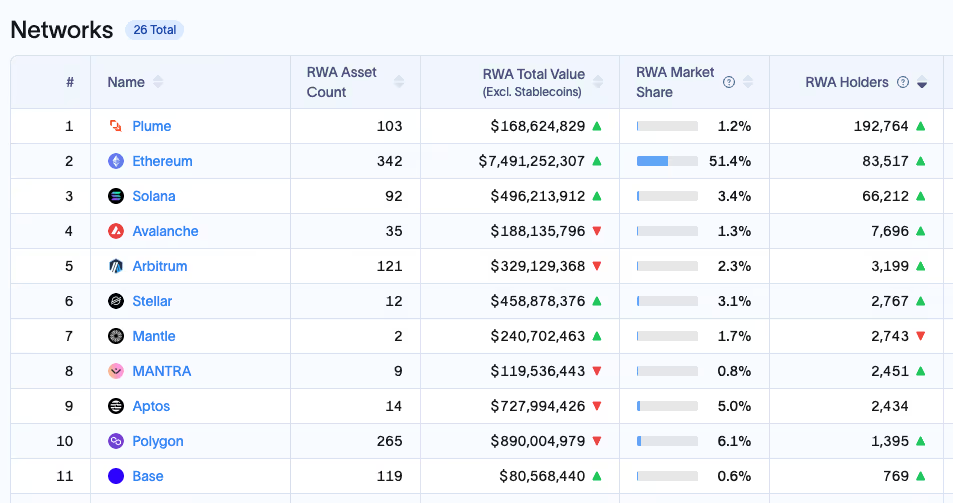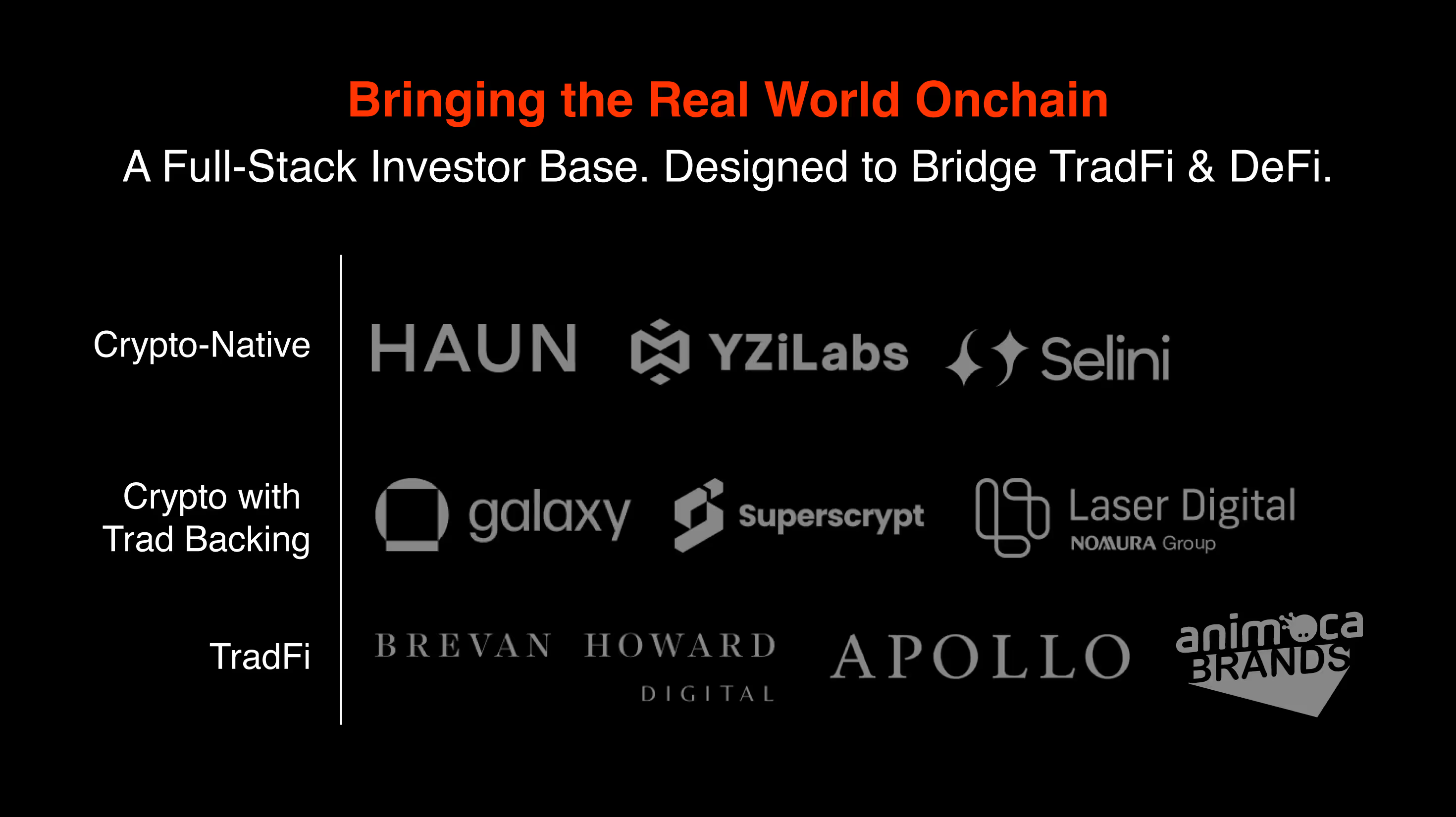
TVL is Meaningless... Without Actual Usage.
TVL is the most overrated metric in crypto today. And it’s an even bigger problem in RWAs.
Founders love to wave it around, investors love to tweet about it, and ecosystems use it as a proxy for growth. But here’s the truth: if capital is just sitting in contracts, or even worse – has no users, then it is meaningless capital.
At Plume, we understand that RWA platform growth is more complex than TVL alone. TVL can give you a snapshot of locked capital, but without usage, it’s just a vanity metric.
We’re proud to have reached $350M+ in RWA TVL just a few weeks after launching Mainnet. But the number only matters when it’s working capital.
And that starts with measuring usage.
RWA Holders: The Real Momentum Metric
So, what actually matters? RWA adoption.
In just two months, Plume has become the #1 RWA blockchain with 190,000+ asset holders.
Not to mention, our strong TVL at $350M+ and climbing, and our network of 200+ apps/protocols building on the platform.
But let’s define that RWA Holder metric.
An RWA Holder is an active wallet holding RWA tokens. If you sort by RWA Holders on RWA.xyz, you’ll see which networks have real users.
The truth? Many networks with big TVL numbers are light on actual users. One wallet with $100M in RWA TVL is not adoption.
Real momentum is many wallets, holding and using real assets.

Why UX Is the Unlock
For too long, RWAs were stuck as TradFi experiments in crypto. Buying t-bills or real estate involves heavy minimums, onerous KYC/KYB, endless paperwork, and scheduled redemption windows. Systems are painfully old, difficult to use and expensive.
That will never work.
Crypto-native users want crypto-native experiences. Plume was built around this core idea.
RWAs should feel like crypto: liquid, permissionless, composable.
On Plume, all the complexity of the real world is distilled into the interface everyone knows: the swap. On Plume, you can simply go to Nest (our RWA yield protocol), stake your stables, and instantly start earning RWA yield.
On top of that, you’ll get a receipt token that’s fully composable with our ecosystem. Thousands of users today can take out a loan against that and use it for looping, or use it as collateral on a perps DEX.
That’s what unlocks usage, unlocks capital, and ultimately drives adoption.
Because the real story of tokenization isn’t how much value is locked. It’s how much value is working.
That is the power of crypto-native RWAs.

Institutional and Policy Validation
And, it’s not just users that are catching up to the RWAfi momentum.
Big-name backers like Apollo, Galaxy Digital, Fidelity, Brevan Howard, and Animoca are betting on our future. These investors are placing strategic bets on their own future. They see what we’re building and know where the future is headed.

And it's not just VCs who back this future. Institutions and policymakers are validating Plume.
Policymakers from the U.S. Treasury to the Hong Kong Monetary Authority have engaged directly with our blueprint for onchain capital markets.
We’ve embraced a global regulatory ecosystem and continue working closely with policymakers worldwide to ensure we are meeting our users where they are. And we’ve been grateful to spend time with the regulators in the US (US Treasury, SEC’s Crypto Task Force), in addition to the great folks at the Hong Kong Monetary Authority.
Want more proof?
Just last month, Plume was featured in the latest report from The U.S. President’s Working Group on digital assets. That means Plume’s policy vision is now driving national strategy.
The recommendations laid out in the report directly reflect our July 20 blueprint for onchain capital markets, confirming Plume’s role as the bridge between regulatory progress and real world implementation.
When both the world’s leading investors and global policymakers align on the same future, you know the momentum is real.
